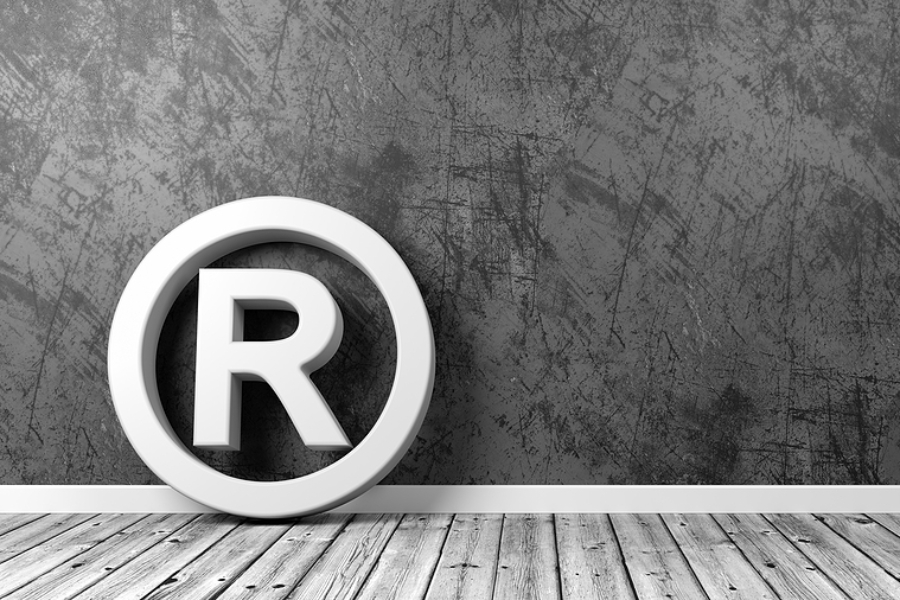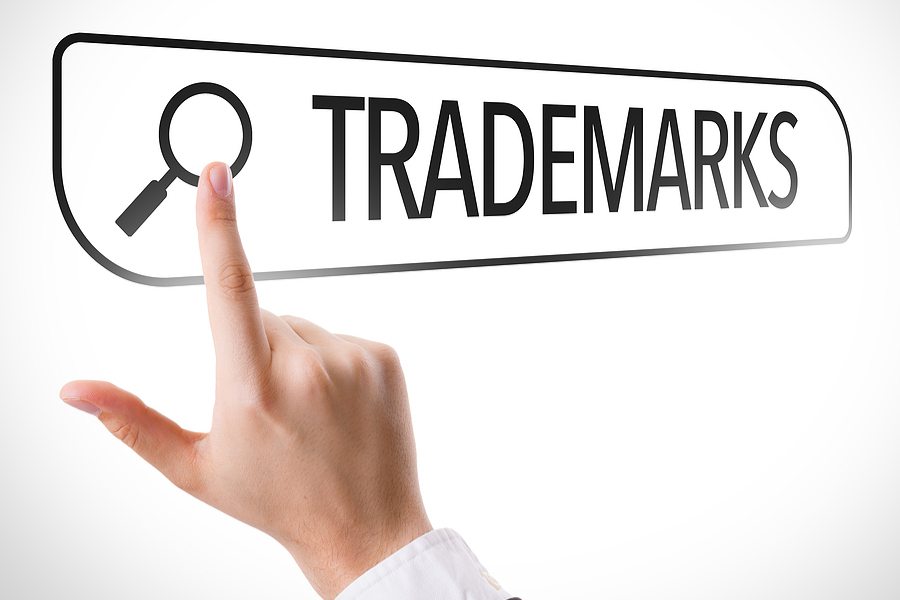The Truths Behind the Common Misconceptions of Trademarks

Registered trademarks are a massive part of the business world. They protect logos, names, and symbols of companies’ products or brands. To put it simply, when you register a trademark, you are preventing someone else from using your brand identity for their own goods or services.
Considering their importance in business, trademarks are everywhere. You will find them on almost all goods or services that you purchase.
Even though trademarks can be found virtually everywhere, there are still some misconceptions about them. These misconceptions may stem from insufficient information about trademarks or individuals’ confusion between trademarks, patents, and copyrights. In this article, we will look at some of the most common misconceptions about registered trademarks and their truths.
Misconception #1: Trademarks are only for big corporations
One of the most common misconceptions is that trademark protection only applies to corporate giants. However, this is not true as every business starts small. As a result, taking steps to protect your trademark today is vital for both future successes and in preparation for any potential trademark disputes that may arise.
Misconception #2: Trademark registration is unnecessary if one does not plan to sue
Many business owners believe that registering a trademark is not necessary if they have no intention of suing anyone in the future. But regardless of your purpose, having a registered trademark will be valuable for your company. Registering a trademark discourages potential infringers as it means getting into possible legal trouble with the law.
In fact, many trademark disputes can be resolved without going to court at all. Often, a cease-and-desist letter or a demand letter citing an alleged infringing of the valid trademark registration is enough to end that activity.
Misconception #3: If no one in the industry is using the trademark, then it is free to use and register
This assumption may not be accurate, as it is possible that an existing trademark registration has yet been put to commercial use. In Singapore, the trademark regime does not require evidence of use before granting a trademark registration. This means that a trademark may be registered before it is used.
Furthermore, trademark infringement not only occurs when your trademark is identical to an existing trademark registration, but also when it is similar conceptually, visually or aurally to an existing trademark registration. Whether your trademark is similar to an existing trademark registration is not a straightforward diagnosis and requires years of experience in trademark registration to be familiar with the standards of the trademark regime. Therefore, it is necessary to have a seasoned trademark professional provide you with a preliminary search and opinion to make sure that your trademark is not already applied for by a third party.
Misconception #4: Hiring a trademark agent is a waste of money
While you can file a trademark application without the assistance of a trademark agent, this is always not recommended. For one, because your application defines the scope of your exclusive right to the trademark throughout Singapore, you need a professional who knows how to create a clear and complete application. An incomplete application or a poorly drafted one can significantly limit the scope of protection for your trademark.
Furthermore, since many applications are often faced with examiner’s reports stating defects in the application or objections to the trademarks applied, you need a knowledgeable and experienced trademark professional to remedy these defects or overcome these objections. Hiring a trademark agent will help make sure your application is drafted correctly and quickly passes through the examination process.
Misconception #5: A registered trademark is enforceable across the world
Contrary to what some people assume, trademark rights are not enforceable worldwide as they only apply in certain territories. This means you cannot enforce your registered Singaporean trademark outside of Singapore. If you want international protection, you need to file an application under the Madrid Protocol. However, before proceeding with an international application, you must first apply for trademark registration in Singapore or your country of origin.
Bottom line
To better understand the significance of trademark registration, it’s necessary to know these five misconceptions about trademarks. At Cat and Pillar, we have experts who can help you register a trademark in Singapore in the right and affordable way.
In comparison to law firms, our trademark services are more affordable, and you can be guaranteed that we possess a deep knowledge of the requirements of trademark registration in Singapore. To learn more about our services, simply fill out the online form with your information, and we will get back to you as soon as possible. To learn more about our trademark registration and trademark renewal services in Singapore, you can visit our website at https://www.catandpillar.com/.





